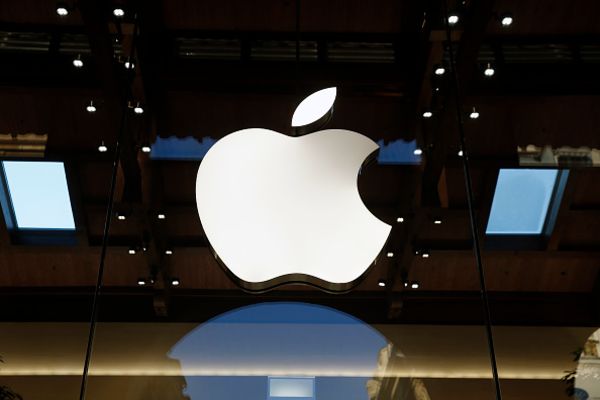
Demand for batteries in everything from smartphones to electric cars has driven up the price of the once obscure element cobalt, fueling fears of a shortage.
Prices for the metal, which is essential in making lithium-ion batteries, more than doubled in 2017 over the previous year, according to the United States Geological Survey. Researchers haven’t yet found a good substitute or way to build batteries without the mineral.
Apple, which needs the metal for its iPhones, iPads, laptops and other gadgets, is looking to buy cobalt directly from miners. It’s also needed to make electric car batteries, sending automakers on the hunt for the raw material. German automaker BMW, which has been a relatively early entrant into the electric car business, is looking to sign five- to 10-year supply contracts.
Demand for cobalt in vehicle battery materials is expected to grow over 40 percent in 2018, according to U.K.-based cobalt trading firm Darton Commodities. Electric and hybrid vehicle adoption in China and Europe are expected to be significant contributors, and the production ramp of the Tesla Model 3 is projected to be the major driver of EV adoption in the U.S., Darton said in its annual Cobalt Market Review report published in February.
While engineers can sometimes find ways to change designs or use substitutes for some elements, cobalt could be tough to replace. They haven’t figured out a good substitute that doesn’t reduce performance.
“There isn’t a better element than nickel to increase energy density, and there isn’t a better element than cobalt to make the stuff stable,” Marc Grynberg, CEO of materials company Umicore, told Reuters. “So (while) you hear about designing out cobalt, this is not going to happen in the next three decades. It simply doesn’t work.”
One potential snag is the fact that the majority of the world’s cobalt is a byproduct of some other metal mining. In 2017, about 69 percent of the world’s cobalt was mined as a copper byproduct and 29 percent as a nickel byproduct. So the availability of cobalt right now is pretty heavily dependent on the health of the markets for copper and nickel.
More than half of the world’s supply also comes from the war-torn Democratic Republic of Congo, where the mining industry’s been criticized for using child labor. The country also increased taxes and royalties on cobalt in January, and then declared it a “strategic mineral” in March. That allowed lawmakers to raise the royalties paid to the government from cobalt and coltan mining up to 10 percent from a previous cap of 2 percent.
Mining companies such as ERG and Glencore are planning new cobalt operations that may balance supply and demand in the near term, but if electrified vehicles continue to gain market share, any stabilization may be short-lived.
“While production increases are expected to level off by around 2022, demand is expected to accelerate further as EVs will be close to reaching cost parity with [internal combustion engine] vehicles by this time,” said Darton in its report.
